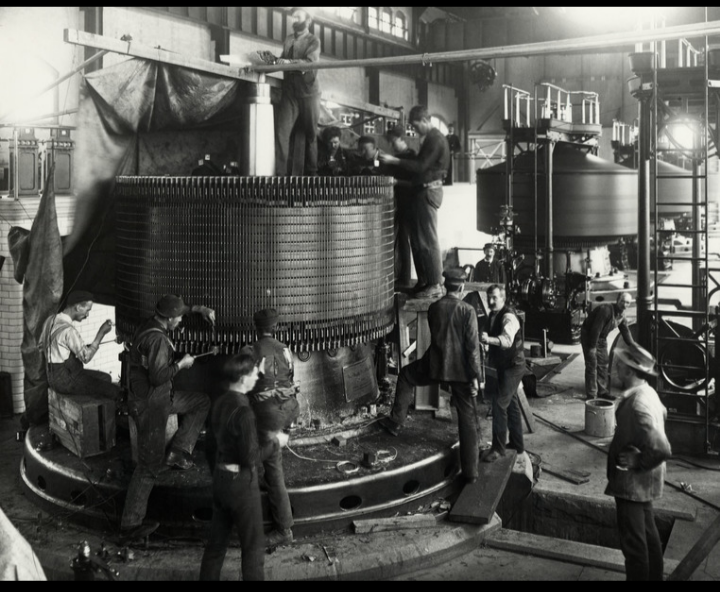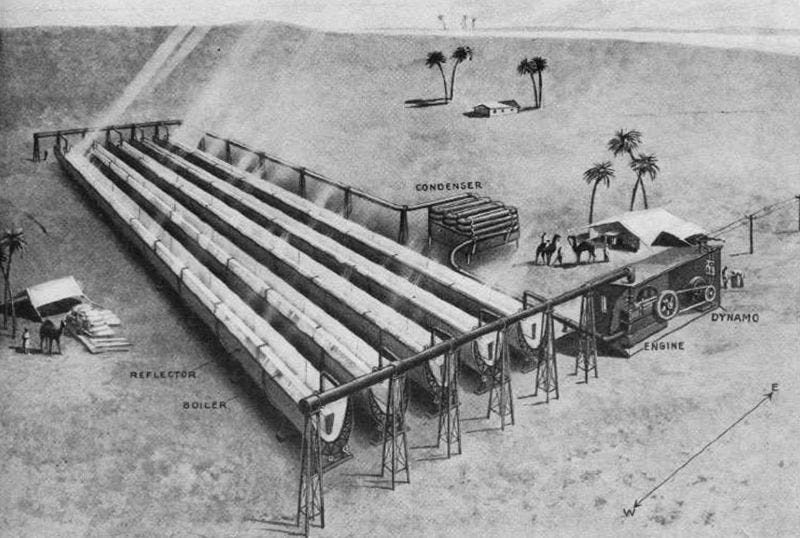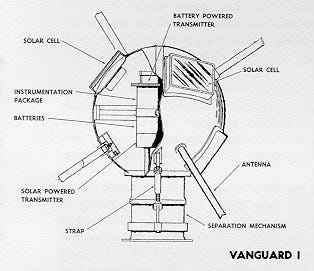The Impact of Oil and War on Solar Energy Development
Written on
Chapter 1: Early Innovations in Solar Energy
The evolution and integration of solar energy technology have been significantly shaped by pivotal historical occurrences, notably the rise of oil and the ramifications of World War I. This section delves into the influence these elements exerted on solar energy research from the 1800s to the 1900s.

Section 1.1: Key Milestones in the 19th Century
The 1800s were marked by several groundbreaking developments in solar energy technology: - 1839: Edmond Becquerel discovered the photovoltaic effect, the foundation for converting sunlight into electricity. - 1873: Willoughby Smith uncovered the photoconductivity of selenium, prompting further investigations by William Grylls Adams and Richard Evans Day, who confirmed that selenium could produce electricity when exposed to light. - 1883: Charles Fritts constructed the first genuine solar cell, utilizing selenium with a thin gold layer, achieving around 1% efficiency.

Section 1.2: The Shift to Oil and the War's Influence
Oil Discovery and Its Ascendancy
The late 19th and early 20th centuries witnessed the discovery and commercialization of oil, drastically affecting energy research and innovation: - Dominance of Oil: The emergence of substantial oil reserves and the advent of internal combustion engines positioned oil as the primary energy source, diverting focus and resources from alternatives like solar energy. - Economic Considerations: Given its relative affordability and abundance, oil became a more appealing choice for energy production than the developing and less efficient solar technologies.

World War I and Its Lasting Effects
The Great War (1914-1918) further altered the course of solar energy development: - Disruption of Solar Initiatives: The conflict led to the shutdown of the world's first solar power station in Egypt, which had operated for just one year. Frank Shuman designed this facility, utilizing parabolic mirrors for steam generation aimed at irrigation. - Shift in Military and Industrial Focus: The war highlighted the strategic significance of oil, prompting increased investments in petroleum infrastructure. The British and other Allies prioritized securing oil supplies vital for military and industrial purposes. - Post-War Oil Dominance: The geopolitical landscape post-war was heavily influenced by oil control, as British and French interests partitioned the Middle East to secure petroleum resources, sidelining solar energy research.
Chapter 2: Resurgence of Solar Research in the Mid-20th Century
Despite the overshadowing presence of oil, solar energy research persisted, albeit at a reduced pace: - 1954: The introduction of the first practical silicon solar cell by Bell Labs marked a crucial advancement, initially reaching an efficiency of 4%, later enhanced to 11%. - Space Race Influence: The competitive drive of the space race during the 1950s and 1960s provided renewed momentum for solar technology, as solar cells powered satellites like Vanguard I in 1958.
The first video titled "The Power of Big Oil Part One: Denial" explores the historical context and influence of oil on energy systems, showcasing how it shaped the energy landscape.

Chapter 3: Renewed Interest in Solar Energy Post-1970s
The energy crises of the 1970s rekindled interest in alternative energy sources, solar power included: - Cost Innovations: Pioneering efforts by Dr. Elliot Berman and others led to significant reductions in solar cell costs, enhancing their economic feasibility. - Government Initiatives: The creation of the Solar Energy Research Institute (now the National Renewable Energy Laboratory) in 1977 by the U.S. Department of Energy significantly advanced solar research and development.
The second video titled "Why renewables can't save the planet" features Michael Shellenberger discussing the limitations and challenges faced by renewable energy sources, including solar.

In conclusion, the development of solar energy technology from the 1800s to the 1900s was heavily influenced by the rise of oil and the consequences of World War I. While these factors initially hampered solar advancements, the mid-20th century saw a resurgence driven by technological improvements and shifting economic realities. Today, solar energy is increasingly recognized as a crucial element of the global energy landscape, thanks to ongoing innovations and growing economic viability.